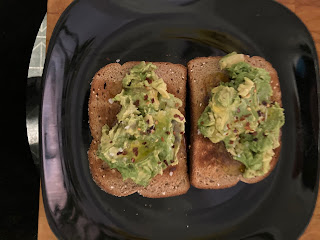My neighbor, John Palmieri, has been harassing me with homophobic hate speech for 33 years. I’ve reported this harassment to numerous government (and other) agencies (New York Commission on Human Rights, New York City District Attorney, NYPD, Anti-Violence Project) and they haven’t done anything about it. I’ve also contacted my State Assemblymember and State Senator. I have video and audio documentation of this harassment, which I’ve shared with them. I’ve filed a police complaint and met in person with the District Attorney.
They’ve all basically said that unless he physically attacks me, there’s nothing they can do.
I believe that his actions constitute criminal harassment. I also think he’s mentally ill and, therefore, I don’t know what he’s capable of doing in terms of physically harming me.
This comes at a time when anti-LGBT violence and mental illness are both at an all-time high.
Here are links to two videos I’ve posted on my Facebook page which document Mr. Palmieri’s harassment and threats against me.https://www.facebook.com/paul.hallasy/posts/10157290793887476
https://www.facebook.com/paul.hallasy/posts/10157330716552476
In the first one, you can hear him saying (about me) “this motherfucker,” “faggot motherfucker” and “gay motherfucking asshole.”
In the second one, he says “I’ll knock him out, kick him in the face.”
This is a violent threat.
The reality is that the way the law is currently written, it actually protects people like John Palmieri and endangers people like me. If you spoke to any of these agencies, they’d say that Mr. Palmieri is protected by the First Amendment.
However, the First Amendment does not protect hate speech and this is clearly hate speech.
We’ve seen what hate speech can do, because for the last four years we’ve had a president who engages in it frequently. People have died and been seriously injured because of hate speech and will continue to die and be seriously injured unless we do something about it.
But we can’t do anything about it unless and until the people whose job it is to protect us do their job.
That is why I’m sharing the contact information for these people. If you’re as angry about anti-LGBT violence and hate speech as I am (and/or are angry because I’ve been the victim of such hate speech), please feel free to share your feelings with the people below.
Melissa Melo
Human Rights Specialist - Law Enforcement Bureau
New York Commission on Human Rights
22 Reade St. New York, NY 10007
T: 2124160216 NYC.gov/HumanRights
Pronouns: She/her/hers
Ana Sophia Radolinksy
Assistant District Attorney
Radolinskia@dany.nyc.gov
(212) 335-3667
(917) 239-3114
NYPD Fifth Precinct
William.Campaign@nypd.org
Lucian.Velazquez@nypd.org
Anti-Violence Project
212-714-1141
State Assemblymember Yuh-Line Niou
212-312-1420
niouy@nyassembly.gov
State Senator Brian Kavanagh
212-298-5565
kavanagh@nysenate.gov










